You love the clean, minimalist look of roller shades for your project. But you're worried about potential problems like light leakage, a cheap appearance[^1], or durability, and you don't want an unhappy client later.
The main cons are unavoidable light gaps on the sides of blackout shades[^2], poor insulation[^3] with standard fabrics, and the potential for a cheap look if you use a plastic chain control[^4].
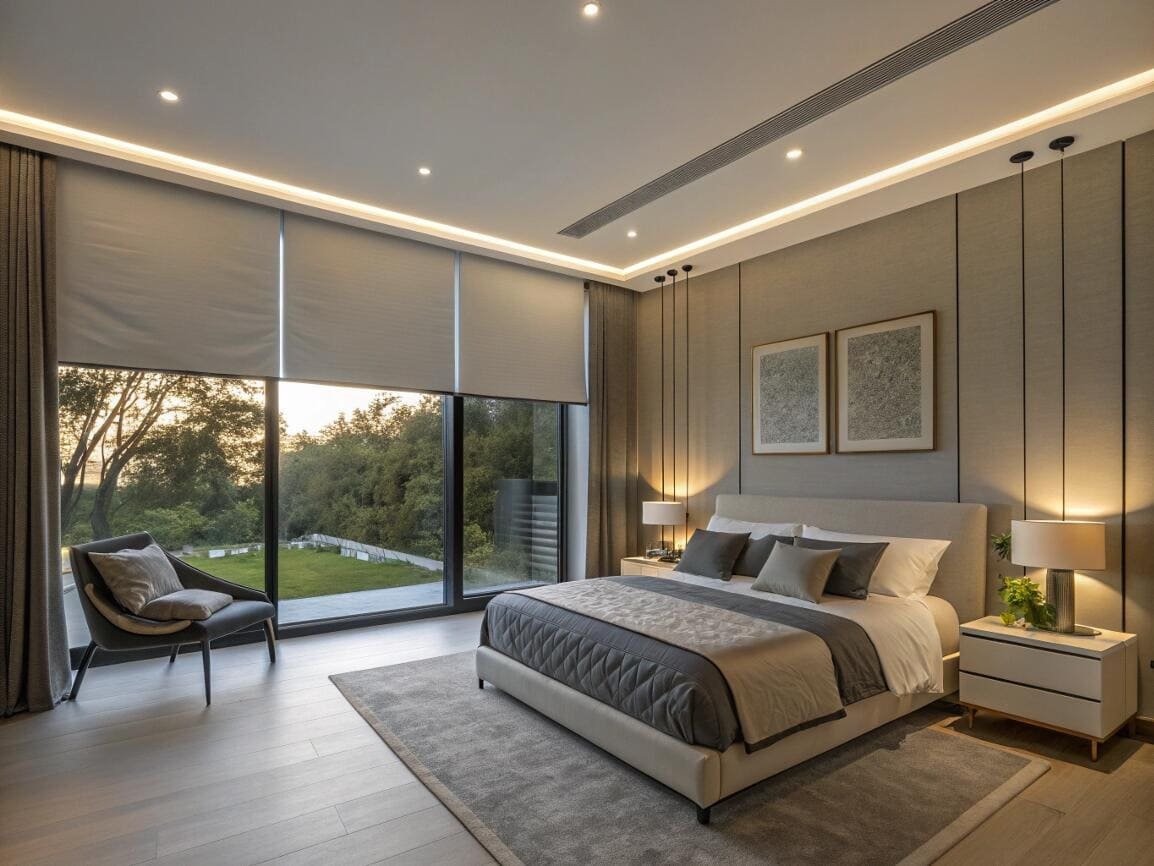
As a blinds supplier, I've worked on countless projects where these exact concerns came up. A client wants that sleek, modern aesthetic, but the practical details can't be ignored. Roller shades are a fantastic product, but they aren't perfect for every situation. Understanding their limitations and knowing the solutions is the key to specifying them with confidence. Let's look at the most common disadvantages and how to overcome each one.
How do you eliminate side light gaps on blackout roller blinds?
You've installed a blackout roller shade in a media room or bedroom, but your client is complaining about the "halo" of light leaking in around the edges. This is a frustrating and common problem.
The best way to eliminate side light gaps is to install Light-Blocking Side Channels[^5]. These are metal tracks that the fabric runs inside, creating a complete seal against any light leakage[^6].
[^7] for large windows in a modern home.](https://velablinds.com/wp-content/uploads/2025/08/2-149.jpg)
I always have to explain this critical detail to project managers. To operate smoothly, the roller shade fabric must be cut slightly narrower than the window casement, typically leaving a 12-15mm gap on each side. This is what causes the light leak. While it might be a minor issue in a living room, it's a major flaw in a bedroom or home theater. Side channels are the professional solution. They attach to the window frame and create a groove that completely encloses the edges of the fabric. This creates a true, 100% blackout experience. An alternative, if the window style allows, is to do an outside mount where the blind overlaps the entire window frame by several inches, but side channels provide the most complete and tidy solution.
Are roller shades cheap looking?
You want a high-end, elegant finish for your project, but you're worried that a roller shade, especially with a dangling plastic chain, will bring down the overall aesthetic and look cheap.
Roller shades only look cheap when equipped with a standard plastic bead chain. Upgrading to a sleek metal chain or, even better, a quiet motorized system, instantly gives them a premium, high-end look and feel.
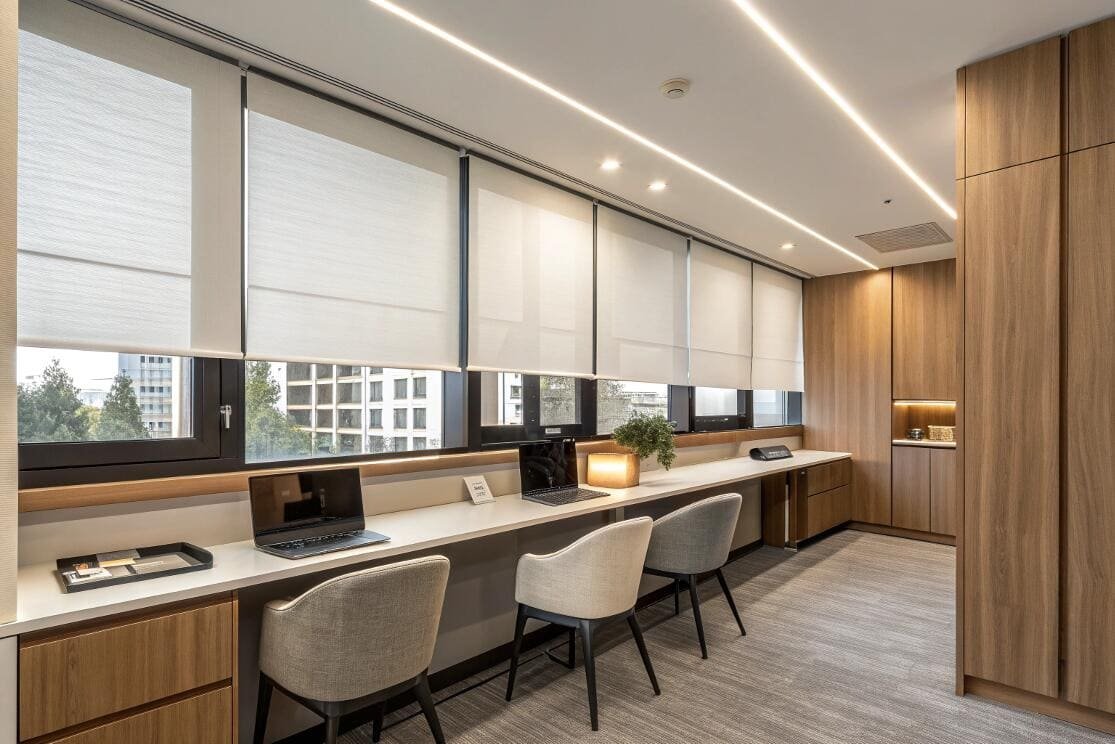
This is one of the biggest misconceptions I have to address. The shade itself isn't the problem; it's the control mechanism. The standard plastic cord does feel flimsy and can ruin the look of an expensive fabric. For me, it's a major weak point in both aesthetics and safety. That's why I always recommend two solutions for high-end projects. The first is a simple upgrade to a stainless steel metal chain, which feels more substantial and looks much cleaner. The best solution, however, is to get rid of the chain completely. A quiet motorized system (operating under 38 dB) provides a seamless, sophisticated look. It solves both the aesthetic issue and the child-safety concerns[^8] associated with cords, making it a clear winner.
What is the life expectancy of roller blinds?
You're trying to decide if it's worth investing in a higher-priced roller blind. You need to know how long a good quality one will last compared to a cheaper alternative to justify the cost.
A high-quality roller blind[^9] can last 7-10 years, while a cheap, low-end one may fail in just 2-4 years. The lifespan depends entirely on the quality of the fabric and the internal clutch mechanism.
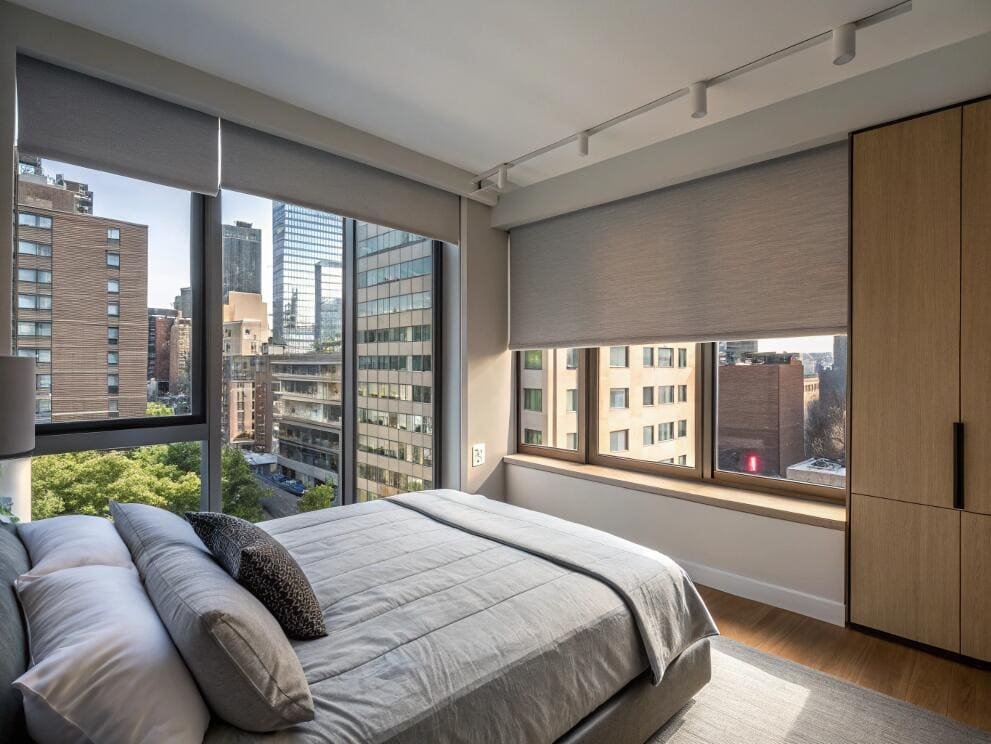
Price is a direct reflection of longevity in roller blinds. It all comes down to the quality of the components you can't see. Cheaper blinds often use PVC fabric that can fade and become brittle from UV exposure, along with soft plastic clutches that wear out and begin to slip. A premium roller blind[^10] uses different materials entirely.
| Component | High-Quality (7-10 Year Lifespan) | Low-Quality (2-4 Year Lifespan) |
|---|---|---|
| Fabric | Polyester with UV inhibitors | Standard PVC |
| Control | Hardened metal clutch and components | Soft plastic clutch and brackets |
| Failure Point | Minimal; consistent performance | Fabric fades/cracks; clutch slips |
When I'm helping a contractor choose a product, I always stress that you're paying for years of reliable, trouble-free operation. Investing a little more upfront for high-quality components prevents costly replacements and service calls down the line.
Are roller shades hard to clean?
You're considering roller shades for a large project and are worried that the ongoing maintenance and cleaning will be a burden for the end-user. You need a low-maintenance solution.
This is a myth. Roller shades are one of the easiest types of window treatments to clean. Their single, flat surface resists dust buildup and can be cleaned with a simple wipe-down.
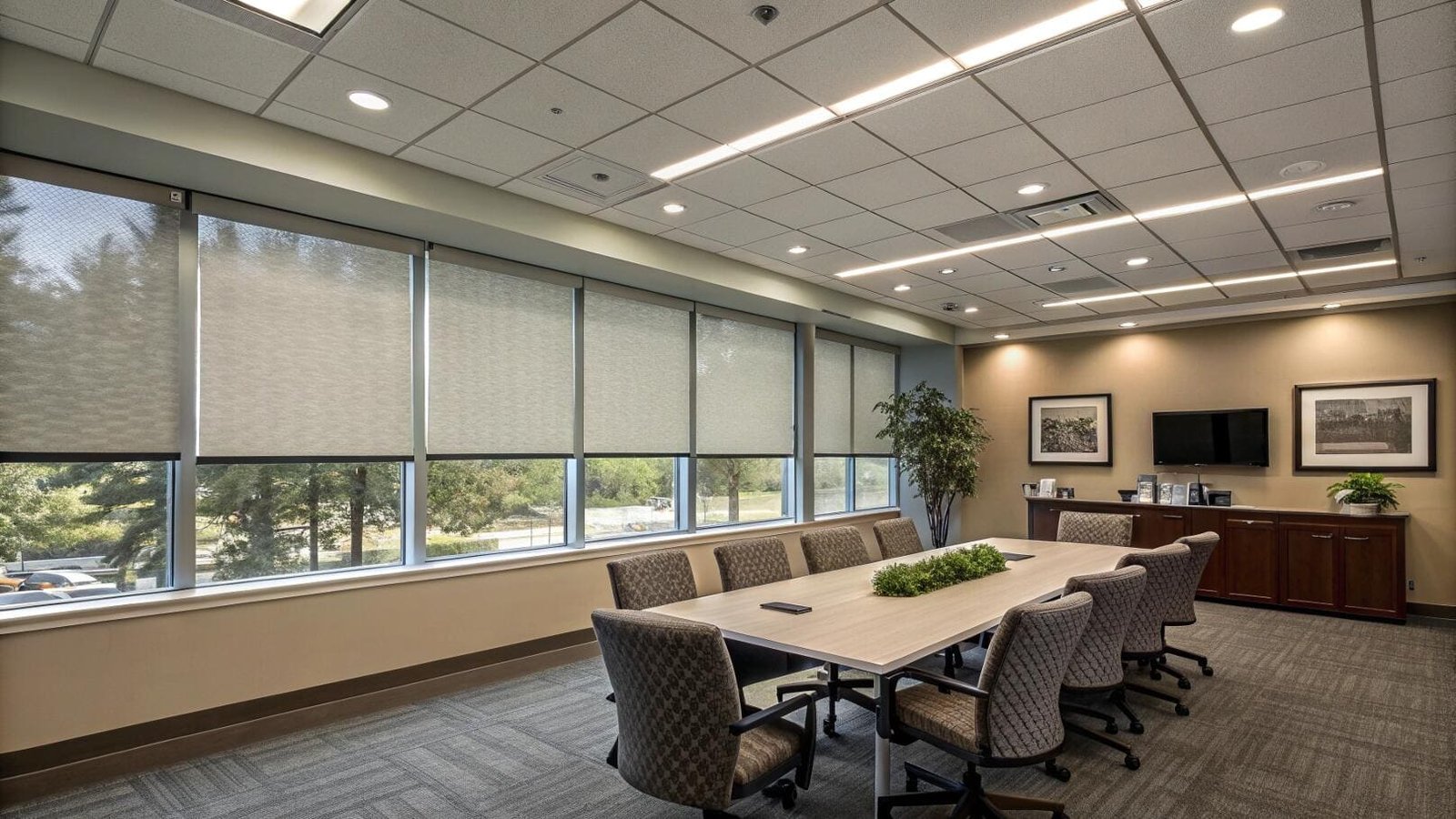
Compared to other types of blinds, the maintenance for roller shades is minimal. Blinds with horizontal slats, like Venetians, act like dozens of little shelves for dust. Layered fabric blinds, like Roman shades, can be very difficult to clean thoroughly. Roller shades, on the other hand, have a smooth, vertical surface where dust struggles to settle. For daily maintenance, a quick pass with a duster is all that's needed. For any spots or smudges, a damp cloth is usually enough to take care of it. This low-maintenance aspect is actually one of the biggest pros of choosing roller shades, especially for large commercial projects or busy homes.
What is the disadvantage of a lightweight roller shade[^11]?
Your client likes to keep their windows open for fresh air, but you've noticed that standard roller shades can be blown around by the breeze, causing noise and potential wear and tear.
Lightweight roller shades will move and make noise when windows are open. To solve this, you can specify a heavier bottom bar or add hold-down brackets[^12] to keep the blind stable and secure.
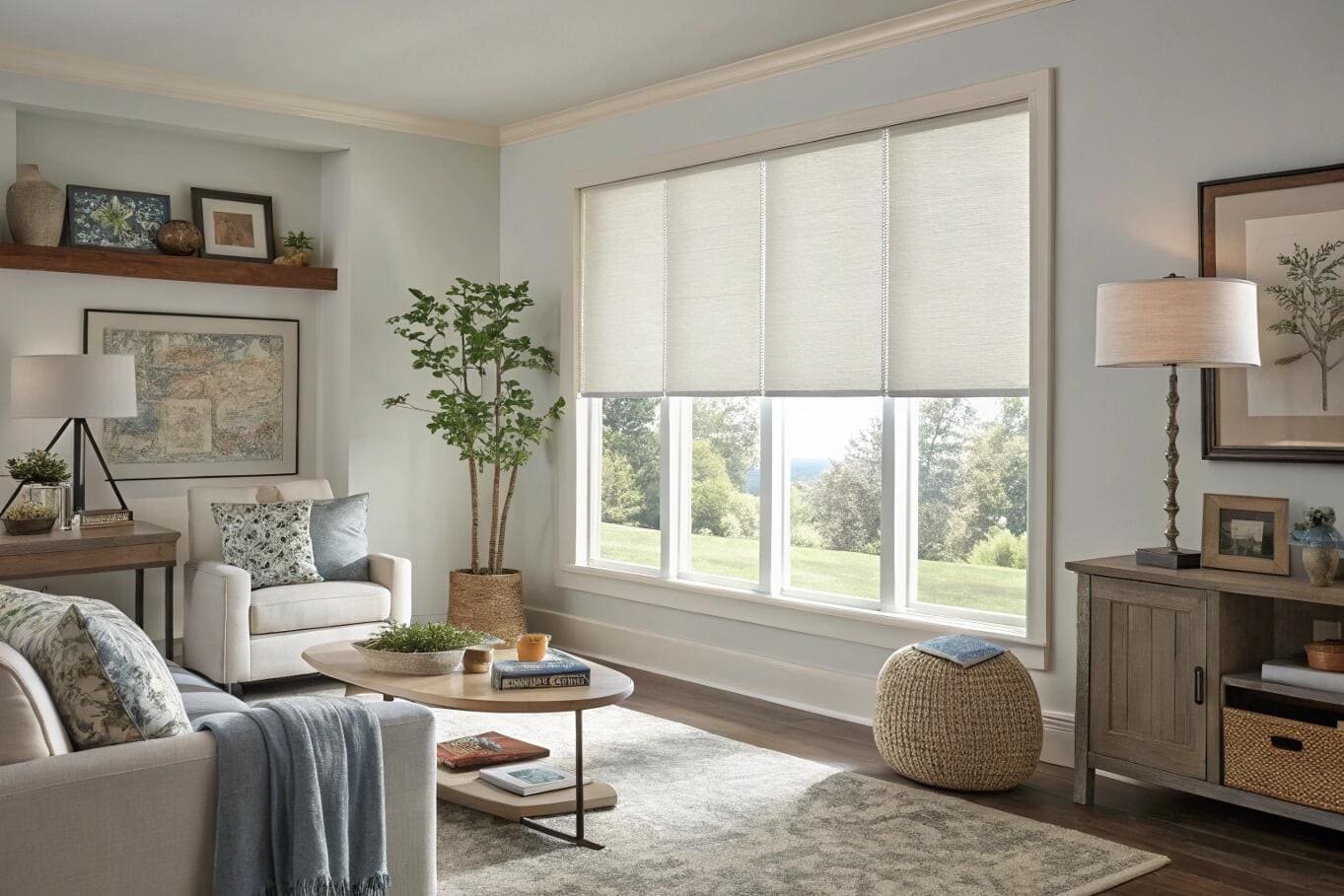
This is a practical issue that's often overlooked during the design phase. A standard roller shade is quite light and will easily sway or bang against the window frame in a breeze. There are two simple hardware solutions for this. The first is to upgrade the bottom rail. Instead of a standard lightweight rail, you can specify a heavy-duty aluminum bottom bar, weighing around 0.5 kg per meter. This extra weight provides enough tension to keep the blind from moving. The second option is to install discreet hold-down clips or a bottom rod locking system. These physically secure the bottom of the blind to the window sill or door, keeping it perfectly stable even when the wind is blowing.
How much insulation do roller shades provide?
Your client loves the look of a roller shade but is also focused on energy efficiency[^13]. You're concerned that a thin fabric won't provide the insulation they need to reduce their heating and cooling costs.
Standard roller shades offer very poor insulation[^3]. For energy efficiency, you must choose a specific "Thermal Blackout" fabric that has a foam or heat-reflective backing to improve its performance.
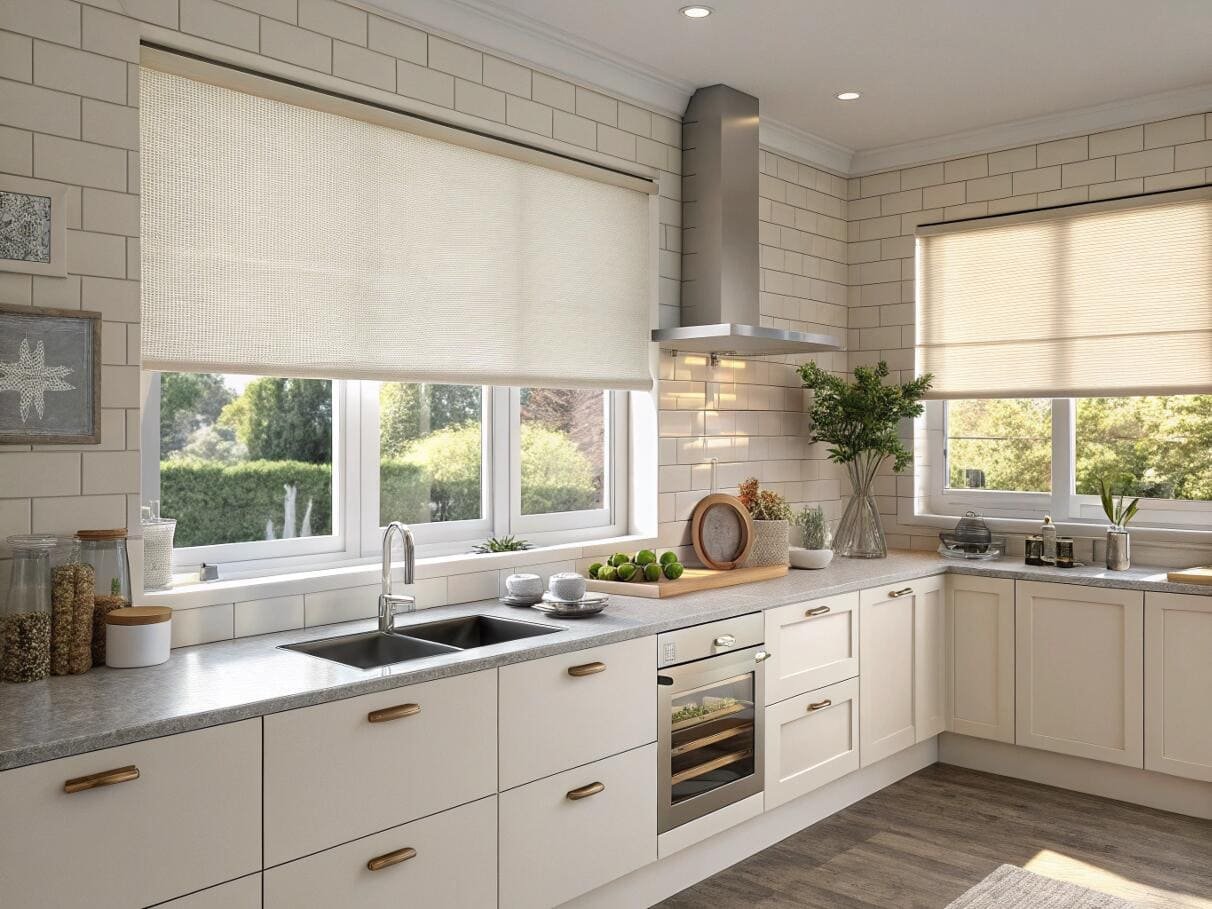
Your concern is valid. A standard, light-filtering polyester fabric has a very low thermal resistance (R-value), around 0.3 m²·K/W. It does very little to stop heat transfer. For comparison, a good honeycomb shade has an R-value of over 0.6 m²·K/W, making it twice as effective. However, this doesn't mean you have to give up on roller shades. The solution is to specify the right fabric. We offer thermal blackout fabrics designed specifically for insulation. These fabrics have a special foam or aluminum-based coating applied to the back. This layer acts as a barrier, reflecting solar heat in the summer and preventing indoor heat from escaping in the winter. It’s a critical upgrade for any energy-conscious project.
Conclusion
Roller shades have cons like light gaps and poor insulation, but these are easily solved with the right specifications, such as side channels, motorized controls, and high-performance thermal fabrics for a superior result.
---
[^1]: Get tips on selecting roller shades that maintain a high-end look for your projects.
[^2]: Learn how blackout shades function to provide complete darkness and privacy in any room.
[^3]: Understand the insulation capabilities of roller shades and how to improve energy efficiency in your home.
[^4]: Discover why upgrading from plastic chain controls can enhance the aesthetic and functionality of roller shades.
[^5]: Learn about Light-Blocking Side Channels and how they eliminate light gaps for a perfect blackout.
[^6]: Explore effective solutions to prevent light leakage and ensure a perfect blackout experience in your space.
[^7]: Explore the benefits of seamless light control for enhancing comfort and ambiance in your space.
[^8]: Learn how motorized roller shades can enhance safety in homes with children.
[^9]: Explore the features that make a roller blind high-quality and worth the investment.
[^10]: Discover the characteristics of premium roller blinds that justify their higher price.
[^11]: Learn about the potential issues with lightweight roller shades and how to address them.
[^12]: Explore how hold-down brackets can stabilize roller shades and prevent movement in breezy conditions.
[^13]: Learn how the right roller shades can help reduce heating and cooling costs in your home.Partner with VelaBlinds for Your Next Project
Smart window treatments shouldn't be complicated. After working with 500+ distributors and contractors worldwide, I've streamlined the process to get you quality products, competitive pricing, and reliable support - every time.
Why project professionals choose VelaBlinds:
- ✅ Fast, Accurate Quotes - Detailed specs and pricing within 24 hours
- ✅ Transparent Pricing - No hidden fees, volume discounts clearly outlined
- ✅ Quality Assurance - Direct partnerships with certified OEM manufacturers
- ✅ Project Support - Dedicated account manager from quote to delivery
Start your next project:
📧 Quick Quote: Send your requirements to info@velablinds.com
📱 Direct Contact: WhatsApp +86 137 2012 8317
🌐 Browse Solutions: https://velablinds.com/
📁 Product Resources: Access spec sheets, catalogs & project files
Paul Chen, Founder
"I built VelaBlinds to solve the real challenges I faced as a project buyer - long lead times, unclear specs, and unreliable suppliers. Let's discuss how we can power your projects with smarter blinds."
Serving distributors and contractors across North America, Europe, and Australia since 2018.




